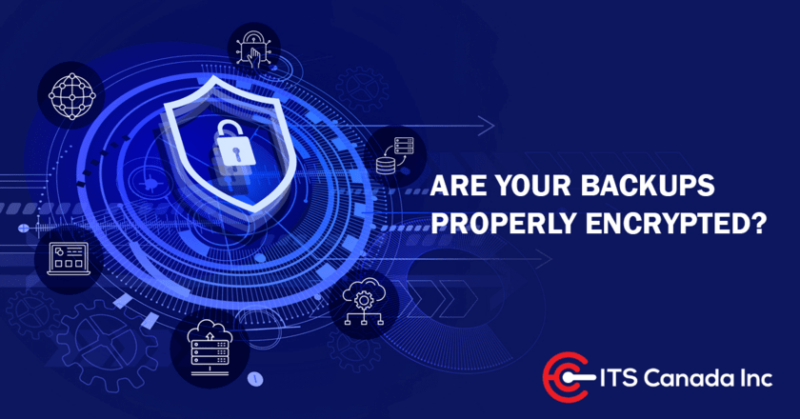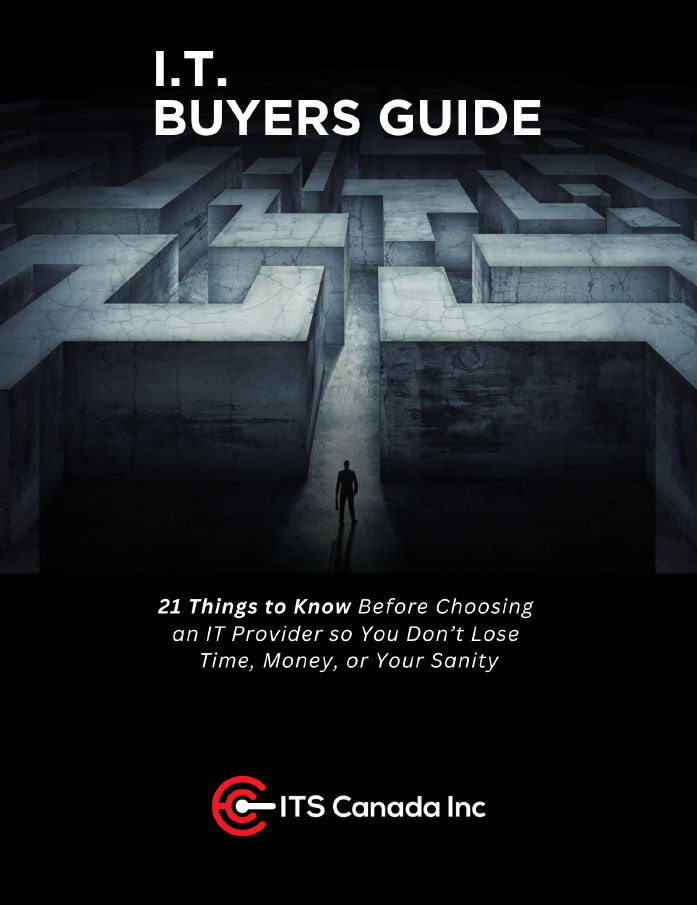
The science of encryption has been the answer to the fundamental human need to masquerade and protect sensitive information from prying eyes. Although the technology has witnessed a drastic metamorphosis over the ages, the fundamental concept behind encryption has remained unchanged. Encryption involves substituting the original information with codes that can be deciphered only by authorized parties.
From the first hieroglyphics of Ancient Egypt appearing almost 4000 years ago and the Scytale used by Spartan military in 700 BC, to Thomas Jefferson’s Jefferson wheel in 1797 or the Enigma machine popularized by the Nazis during the second world war, encryption has taken different forms over the centuries.
However, one of the major breakthroughs that continue to inspire the modern-day science of encryption came in 1961 when MIT’s CTSS (Compatible Time-Sharing System) developed the first-ever username and password methodology of user authentication.1
Some of the more recent developments in the encryption technology include the introduction of AES (Advanced Encryption Standard) in 1997, the launch of reCAPTCHA in 2007 and the emergence of personal data lockers in 2012, all of which are used widely to this day.2
What Distinguishes Encryption from Cryptography
To fully understand encryption, we must first define its parent category: cryptography. Although often confused with each other, encryption and cryptography are inherently different. We have put together the following list to demonstrate what sets the two apart:
Cryptography is:
- The concept of securing sensitive information by converting it into a secure format for the purpose of transmission across insecure networks.
- A field of study that concerns with creating codes through the application of the encryption and decryption techniques.
- Finds widespread application in digital currencies, electronic commerce, chip-based card payments and military communications.
Encryption is:
- Described as the primary application of cryptography and involves concealing confidential data in a way that renders it unintelligible for unauthorized users.
- The process of encoding a piece of information by using an algorithm for encrypting and a secret key for decrypting it.
- A critical aspect of modern data security and is used for securing digital signatures as well as the data stored on smartphones and other mobile devices. It is widely used for safeguarding confidential electronic data including emails, folders drive and files.
Types of Encryption You Must Know About
There are two main ways in which data encryption is carried out today, namely shared secret encryption (symmetric cryptography) and public key encryption (asymmetric cryptography).
Shared Secret Encryption — As the name suggests, this form of encryption employs the use of a single secret key that is required to encode the data into unintelligible gibberish. The intended receiver can then use the same secret key (shared by the sender) to decrypt and decipher the data at their end.
Since it uses a single private key, symmetric encryption is faster than asymmetric cryptography. However, since the secret key needs to be shared between the sender and the receiver, there are relatively high chances of hackers intercepting the key and gaining unauthorized access to the coded information.
Public Key Encryption — Asymmetric cryptography employs public-key encryption that splits the key into two smaller keys — one public and the other, private. While the public key is used to encrypt the message, the receiver must use their private key to decrypt it at their end.
The fact that there is no prior exchange of secret keys for decryption, makes public key encryption more secure as compared to shared secret encryption.
Cyberthreats and Security Risks to Data Protection & Privacy on the Rise
According to the latest report by the Ponemon Institute3, the average cost of a data breach is $3.86 million globally. These costs can almost double when broken down by country, industry or business size, jumping to an average of $8.64 million in the United States or $7.13 million for the healthcare industry.
The report points out that 80% of the data breaches included records containing customer PII or personally identifiable information. The study determined that the average cost of each compromised record was $150 and discovered that over 39% of the total cost of a data breach, is the result of lost bustiness. You might be wondering how this impacts you? It means a single data breach could result in a significant hit to your company’s profits and could also result in your brand reputation being tarnished or irreparably damaged.
Intriguingly, the same report also highlights that extensive data encryption can be a key factor in mitigating the costs of a breach by as much as $237,176!
Most businesses, like yours, deal with loads of sensitive data every single day. Unless adequately secured, this confidential data can be exposed to the risk of being accessed by unauthorized users. Although no business is entirely immune to security breaches, implementing data encryption is your best bet when it comes to protecting your confidential information and safeguarding your reputation as well.
Backup Encryption is the Way to Go
With multi-national enterprises like Target, Yahoo and Equifax undergoing major data breaches in the not-so-distant past, you can never be too sure of the fact that your privacy is not at stake. Keeping that in mind, it is worthwhile to note that along with encrypting their original data, many users now are also opting for encryption of their data backups. Here’s some food for thought for those of you who are still mulling over whether or not you need backup encryption:
Pros of Encrypting Your Backups
- Encrypting the backup data stored on a local hard drive can prevent unauthorized access to private information in the event of a theft.
- Most of the businesses today have moved to the cloud for storage of backup data. However, the data stored on the cloud is not as secure as you might think. Encrypting your backup data stored on the cloud is a great strategy for strengthening your cybersecurity stance.
- Since the backups stored on the cloud are controlled by the cloud services provider, encrypting the same will help secure the integrity of the data against unauthorized access by the service provider.
- Lastly, by encrypting your backups, you can enjoy peace of mind knowing that every last piece of data associated with your business is fully encrypted and secure.
Cons of Encrypting Your Backups
While data encryption is designed primarily to benefit the user and rarely has any drawbacks when implemented properly, one of the risks associated with encrypting your backup data is the loss of the decryption key. It goes without saying that you need to keep your decryption key secure (just like your other passwords) and handy for easy access to your data backups.
Implement Data Encryption Now to Ward Off Cyberattacks
We have compiled a list of our three main reasons why data encryption is imperative for your business:
It is the Last Line of Defense
Cyberattacks such as phishing and social engineering that thrive on human error or negligence can be efficiently thwarted with the help of encryption. So, even if the attacker is able to reach within your network, it’s impossible to access the encrypted data without a decryption key.
It Protects Your Data on the Go
With the concept of the workplace becoming more fluid, data stored on portable devices such as tablets, USB flash drives, laptops and smartphones becomes especially vulnerable to cyberattacks as soon as the device leaves the office network. Encrypting this data is the safest way to ensure that even if your device gets stolen, the data will remain unintelligible and unreadable without a decryption key.
It Helps You Stay Compliant
In a world where you need to stay compliant with laws and regulations to steer clear of hefty penalties, implementing data encryption is a great option to not only protect your critical data from cyberthreats, but also to abide by the applicable compliance standards. For instance, the European Union’s General Data Protection Regulation (GDPR) recommends the use of encryption as an effective tool against breaches.
Now is the Time to Invest in Encryption Technology
Cybersecurity is one of the most integral aspects of running a business in the modern world and encryption is one of the most effective strategies that you can deploy to bolster the integrity of your sensitive data against malicious attacks.
Want to know more about how you can leverage encryption to secure your business? Get in touch with us today!
Article curated and used by permission.





